
To ennoble any outfit, moreover, with the prefix “sport-chic” is the direct task of pearls. And our plan for today is to find out a little more about this amazing miracle of nature and show not only new ornaments but also “deep” (right from the bottom of the sea!) knowledge.
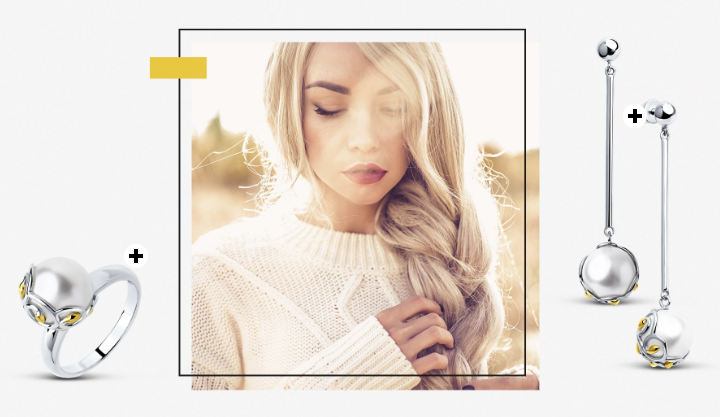
1. In ancient China, they believed that pearls fell from the heavens – to be sure, right in the hands of the rulers and confidants of the imperial court of that time. Noble people attached a miniature pearl to the headdress – it was a special symbol of power. And during the reign of Emperor Yu, not some kind of tribute but a pearl one was collected from the Chinese provinces. In addition, the pearls even managed to play a role of currency: they were paid for especially large acquisitions.
2. “Pearl of Allah” is one of the most famous and largest pearls in the world. Discovered in 1934 at the bottom of the South China Sea, this famous “stone” in the shape of a human head in a turban has a weight of 6.37 kg, a diameter of 23.8 cm and looks quite impressive even in the photo. See yourself!
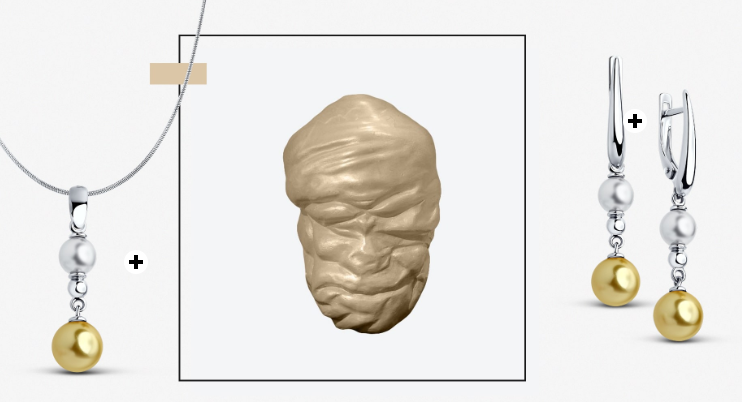
3. It is a rare phenomenon in nature – the accretion of two or more pearls. The most illustrative example of such a “wonder of the world” can be considered the famous “Great Southern Cross” (The Great Southern Cross Pearl) – as many as 9 pearls, fused together in the shape of a cross, which were caught near the Australian coast in the distant 1874. The controversy does not subside to this day: is it a grand natural creation or a grand deception? Whether the “Big Southern Cross” is considered to be a natural formation or human handiwork, in any case, this gift of the sea was awarded medals at the most prestigious international exhibitions, and now, according to rumors, stored in the Vatican.
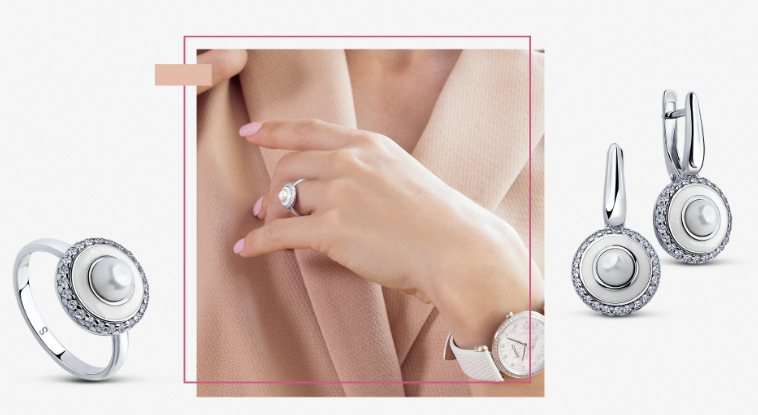
4. Today, about 95% of pearls are obtained from pearl farms, while they put miniature beads (pieces of nacre and other materials) in the clamshell and return it to their natural habitat. Natural nacre covers the bead layer by layer and, after a certain number of years, the “ripe” pearls are taken out. Ready to use!
5. As trees become overgrown with annual rings, so the pearl in the process of formation literally “overlaps” over time. It is estimated that the nacre on it is deposited at an initial rate of 2 mm/year, then the clam “reduces turnover”. Some pearls take months to grow up, others take years; the process depends on the size and type of the mollusk, as well as the state of the water. How much time does it take a clam to form a medium bead? What do you think? About 5 years!
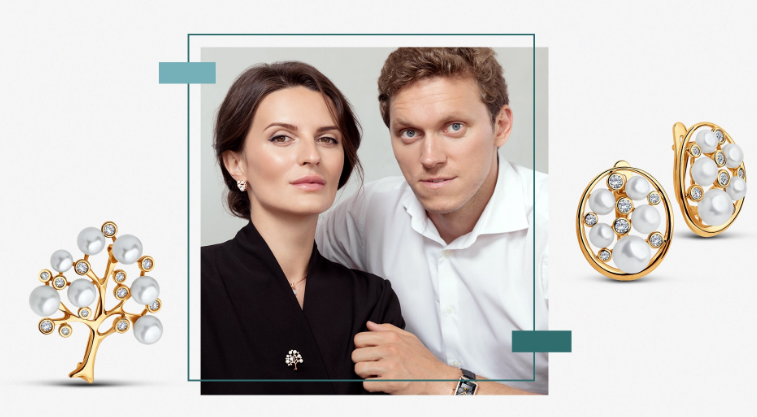
6. Luxurious La Peregrina – a cult pear-shaped pearl the size of a large pigeon egg. This truly incomparable (quite so, its sonorous name is translated from the Spanish language) jewel of more than 500 years old remembers the hands of all its owners, among which are the names of the Spanish king Philip II, Mary Tudor, Napoleon Bonaparte, and Elizabeth Taylor!
7. What color can a natural pearl be? White, ivory, purple, black, gold … And this is not the whole palette. Interestingly, for 13,500 multicolored pearls, there is only one pink!
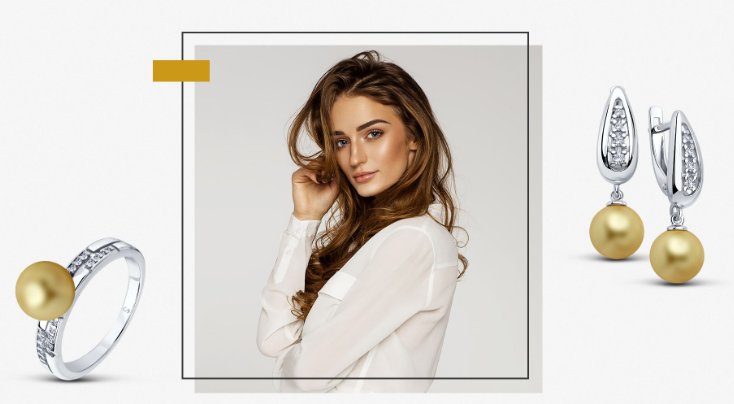
8. Pearls were highly respected by medieval fashion-mongers (and – unlike us – in a great lack). Only monarchs and those with them could allow it. It is known that Catherine the Great loved to appear in public with a necklace of marvelous beauty – 30 rare black pearls strung on a thin thread.
9. A pearl is not only the name of a solid formation that forms in the shells of the river and sea mollusks but also an extremely fashionable modern … name! English version of the word, Pearl is the second most popular female name in the UK and Wales, which was used by parents to name newborn babies in 2012!



